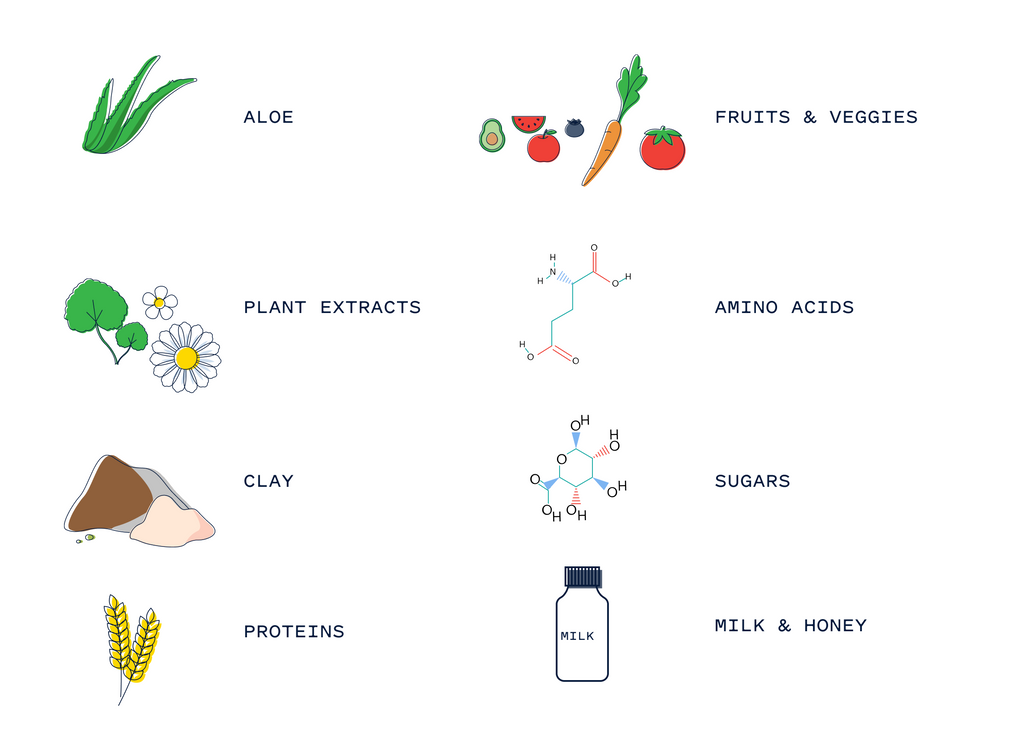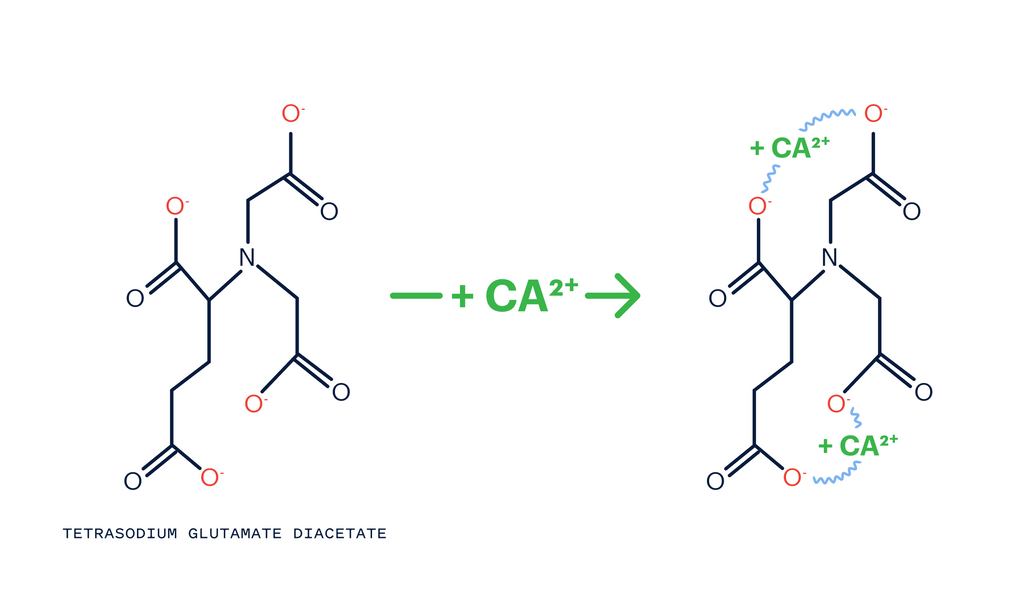Foreword: The term preservative-free is a misleading term. In one way or another, there is a preservative system that prevents the growth of microorganisms in a formulation.
Many of you have been asking why there are no preservatives in Wave 2.0. In the original formulation, Phenoxyethanol and Ethylhexylglycerin are both present as preservatives. Are the preservatives hidden? Are we using ingredients that are masked as something else but are actually preservatives?
What are preservatives?
Preservatives are ingredients that prevent the growth of different microbes (bacteria, yeast and mold) in a cream. Most of the time, microbial growth isn’t visible in a product unless mold grows fluffy structures like in food. Although our skin can tolerate certain microbes, some harmful ones may cause irritation and acne without us knowing.
If preservatives are good, why are we removing them?
We always believe in simplicity in formulating; if something doesn’t add to a formulation, it doesn’t need to be there. Although preservatives help remove microbes, some preservatives have minor drawbacks. Phenoxyethanol, one of the most common preservatives in skincare, is a TRPV1 agonist. This TRPV receptor is responsible for non-damaging heat pain, like when you eat spicy food (Capsaicin in hot peppers). There’s nothing inherently bad about it (In fact, we use it in our other products); it just means that it can cause the sensation of pain when used in high concentrations.
If you don’t have those preservatives, then what is preserving Wave 2.0?
Microbial control is more than just adding preservatives to a system and expecting it to kill everything. Understanding microbes is key to figuring out how to control them. This way, we can minimize the use of traditional preservatives or, in the case of Wave 2.0, eliminate them. To understand how to prevent microbial growth, we need to understand the following factors:

pH
Most bacteria grow at a neutral pH of 6-7 (some bacteria can grow at acidic and basic pH). Fungi prefer a slightly acidic pH of around 5-6. Changing the pH of the product can help ensure that fewer microorganisms can grow in it. We changed the pH of Wave from 5.5-6.0 to 4.0-5.0. This move accomplishes two things, 1) It helps support the acidification of the skin and 2) it prevents the growth of microorganisms.

Bugfood
Microbes need food source to survive and grow. Although different microbes have different needs, they usually require a source for Carbon, Hydrogen, Oxygen and Nitrogen. In terms of raw materials for cosmetics, there are ingredients that microbes can use readily or are even a source of microbes themselves. Limiting the use of these bug foods can allow us to use less preservatives. In fact, these ingredients can also be used by microbes in your skin, whether they are helpful or harmful. Here are the top examples of bug foods:

Chelating agents
Like humans, microorganisms require certain ions for them to grow and multiply. Take Calcium ions (Ca2+), for example. If we remove Calcium ions from our lives, our bones will be weaker, our muscles will not function, and our heart will likely suffer. The same is true with bacteria; denying them Calcium ions makes it harder for them to survive and multiply. This is exactly the main function of chelating agents, they bind ions like Calcium to limit microbial growth. In the case of Wave 2.0, we use Tetrasodium Glutamate Diacetate as a chelator, a more biodegradable option than EDTA.

Water Activity
Microbes need water to survive. Their growth will be limited if the “free water” in the system is low. Wave 2.0 is a water-based serum, but most of the water is already bound to humectants as we packed it with high-performing ones: Glycols, Glycerin, Hydroxyethyl Urea, Acetamidoethoxyethanol. Not only do they increase the hydration in our skin, but they also help limit the growth of microbes.

There are also other ingredients in Wave that are multifunctional. For example, Hydroxyacetophenone (naturally occurring in cloudberry, coffee, and mango) functions as a soothing agent, antioxidant and preservative booster. Pantolactone functions as a buffering agent and can help boost the preservation system. Another factor in preservation is the packaging. Our serums are contained in airless containers, so contamination chances are lower than in bottle droppers or jars.
How do you know if your preservation system is working?
All the things we discussed above are theoretical and won’t matter as much unless you test the formulation in a Preservative Challenge Test (PCT). In this test, they add bacteria, yeast and mold to the formulation to challenge the preservative system. If the microbes survive and grow, then it means that the preservative system is not sufficient.
In the case of Wave 2.0, we originally planned on adding a mild preservative blend of Benzoic acid, Benzyl alcohol and Dehydroacetic acid, which is used in tear-free baby products. Although Benzyl alcohol is considered an irritant, it only comprises a small percentage in this blend. The blend is used in really low concentrations, so it is one of the mildest preservatives.
We sent out multiple formulations to be tested with varying concentrations of the preservative blend and one without the blend and Hydroxyacetophenone. Interestingly, all the formulations passed the test, even the one without the blend and Hydroxyacetophenone. We decided to keep Hydroxyacetophenone because of its soothing and antioxidant properties.
Wave 2.0 is a result of a lot of work to provide the best hydration serum with every ingredient deserving its spot in the formulation.
tl;dr Yes, Wave 2.0 does not contain traditional preservatives as it can preserve itself, but nothing is ever truly preservative-free as there is always a preservation system present in every formulation.
